The finding comes from a new study published this week in the British Journal of Sports Medicine, based on an analysis of health data from 200 elite track athletes.
All these athletes can run a mile in under 4 minutes, a term in running known as “Sub 4”. In metric terms, this means they can complete 1 km in under 2 minutes and 30 seconds.
The athletes were born in England, Australia, France, New Zealand, and the United States, between the years 1928 and 1955, meaning they are now all over 70 and nearly 100 years old.
Compared to a corresponding control group, scientists noted that the average age of these athletes is now at least 5 years older than the general population, and it could be even higher since the majority of them are still alive.
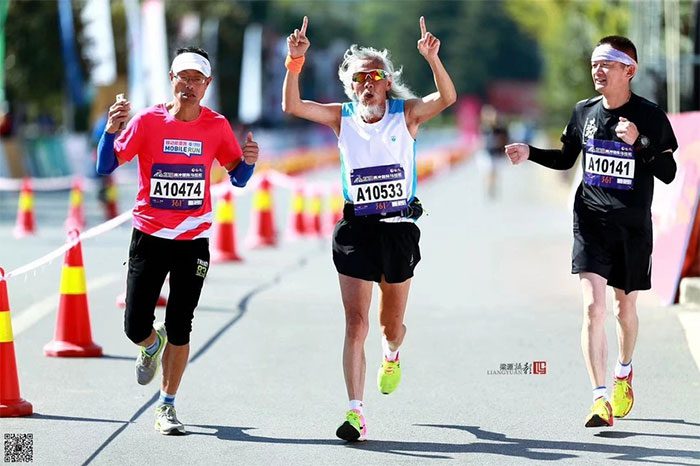
Exercise is one of the prerequisites that can help increase your lifespan. (Illustrative image).
Professor Andre La Gerche, a world-renowned sports cardiologist and director of the HEART Laboratory supported by St Vincent’s Institute of Medical Research and the Victor Chang Cardiac Research Institute in Australia, stated:
“Adding up to 5 years of lifespan compared to the general population is a significant figure, especially when we discover that these athletes not only live long but also live very healthily.”
Does More Exercise Mean Longer Life?
Exercise is one of the prerequisites to help increase your lifespan, alongside ensuring good sleep and proper nutrition. However, what intensity and level of exercise are needed to reap the maximum benefits? This question remains a topic of debate in the scientific community.
Historically, the World Health Organization (WHO) has recommended that an average person engage in moderate-intensity exercise for 150-300 minutes per week. This duration can be cut in half, to 75-150 minutes, if you are performing high-intensity workouts.
There are many ways to determine exercise intensity, but here is a simple tip. If you are exercising at a moderate intensity, you will notice: your breathing is quickened, but you can still breathe evenly without gasping, you only start sweating after about 10 minutes, and you can talk but cannot sing.
Walking or slow running will put you in a moderate activity state. However, if you run at a high speed, like elite athletes, you reach a high-intensity training level with rapid and deep breathing, sweating just a few minutes in, and you cannot talk smoothly while exercising.
Previous studies have shown that regular exercise daily, according to WHO standards, can add 0.4 to 4.2 years to your lifespan. However, elite track athletes often train at high intensities, reaching up to 600 minutes or 10 hours per week.
Some studies suggest that exercising beyond the WHO recommendations is unnecessary, as surpassing 300 minutes of exercise per week leads to diminishing health and longevity benefits. At the same time, the risk of training-related injuries increases.

Walking or running at low speeds will put you in a moderate activity state. (Illustrative image).
However, some other studies argue that more exercise is better.
For instance, a scientific paper published in the American Heart Association journal in 2022 indicated that exercising double to quadruple the WHO recommendations could reduce overall mortality rates by 23-38%.
The risk of death from cardiovascular disease specifically would decrease by 33-38%, higher than the 22-31% reduction seen in those who only meet the minimum exercise standards set by WHO.
Another study from Harvard University also found that exercising more significantly reduces overall mortality risk by 10-30% compared to those who exercise just enough according to the recommendations.
Looking at Elite Athletes, the Most Active Group
A reasonable approach to understand whether more exercise is beneficial is to examine the lives of athletes, those known for “just eating and training”, who have the time and intensity of training that far exceeds the general population.
In 2011, a study published in the Journal of Sports Medicine showed that cyclists participating in the Tour de France had an average lifespan 17% higher than the general population.
Tracking over 800 cyclists in France, Italy, and Belgium, scientists found that the average age at which 50% of these athletes died was 81.5 years, compared to 73.5 years in the control group.
A 2014 study in PloS One also showed that rowers have a higher average lifespan. This is also true for Olympic athletes. A study in 2019 published in the Journal of Sports Medicine found that their lifespan was 5 years longer than the general population.
Now, the question is whether this applies to runners as well.
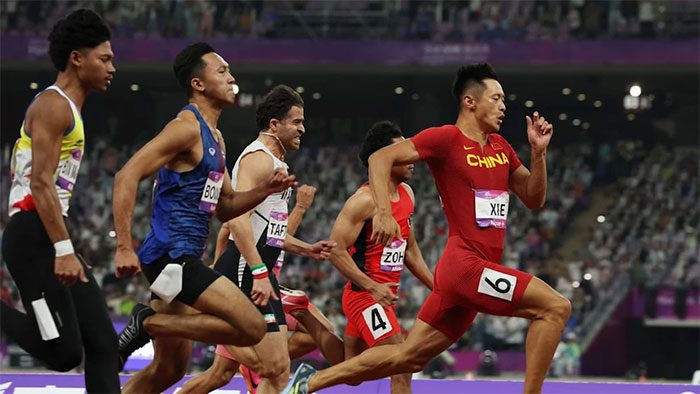
Those who can run a mile in 4 minutes (Sub 4) can live up to 12 years longer than the general population. (Illustrative image).
A 2018 study published in The Lancet revealed an astonishing figure. By looking at the lives of 20 runners who could run a mile in under 4 minutes (Sub 4), they found that this group’s lifespan was 12 years longer than the general population.
“Those athletes who can break the 4-minute mile mark are a unique population, known for their ability to push their respiratory, cardiovascular, metabolic, and musculoskeletal systems to the maximum“, researchers stated.
To achieve this speed, runners must engage in high-intensity training regularly throughout the week. Training regimens typically require 5-10 hours of fast running with a total distance of 120 km per week.
The new study published in the Journal of Sports Medicine this year expanded the sample from 20 Sub 4 runners to 200 athletes, establishing a cohort survey with follow-up time of over 3 decades.
The results showed that this group of athletes lives 5 years longer than the general population. Interestingly, Sub 4 runners from the 1960s had a longer lifespan than those who achieved this feat in the decades that followed, aligning with findings from the 2018 study.
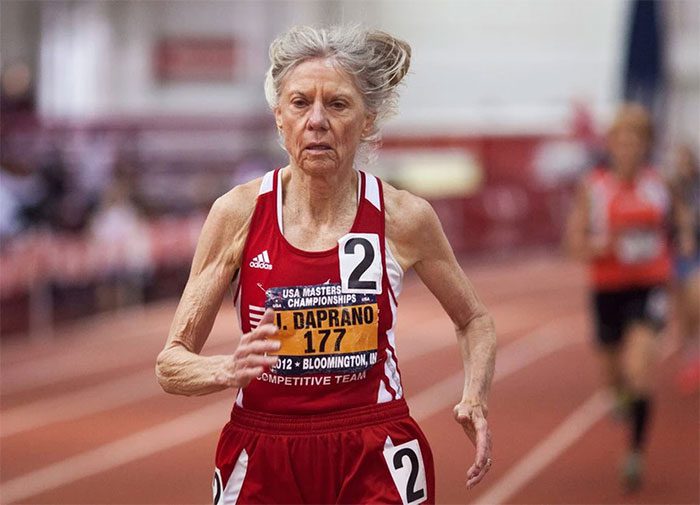
Illustrative image.
“This may reflect the improvement in the average lifespan of the general population, as well as the management of certain major infectious and non-communicable diseases,” the authors wrote.
This means that increasingly, the average lifespan of the general population is rising, while the benefits of exercise on longevity remain undeniable.
Can You Run Sub 4?
The new study coincided with the 70th anniversary of the Sub 4 running record set by Sir Roger Bannister, a British athlete and neurologist.
In 1954, at the Iffley Road track in Oxford, Sir Roger became the first person in the world to run a mile in under 4 minutes, precisely 3 minutes and 59.04 seconds.
“Breaking the 4-minute mile record was an extraordinary achievement 70 years ago. It revealed what the human body can achieve. Sir Roger’s record sparked a running wave, with athletes emulating his bold steps“, said Professor Mark Haykowsky, Chair of the Department of Geriatrics and Quality of Life at the University of Alberta.
“Sir Roger passed away in 2018 at the age of 88. Notably, we find that most Sub 4 runners like him have also lived healthily into their 70s and 80s, even to this day.”
However, scientists noted that not all longevity benefits observed in professional athletes stem from their rigorous lifestyle and training processes.
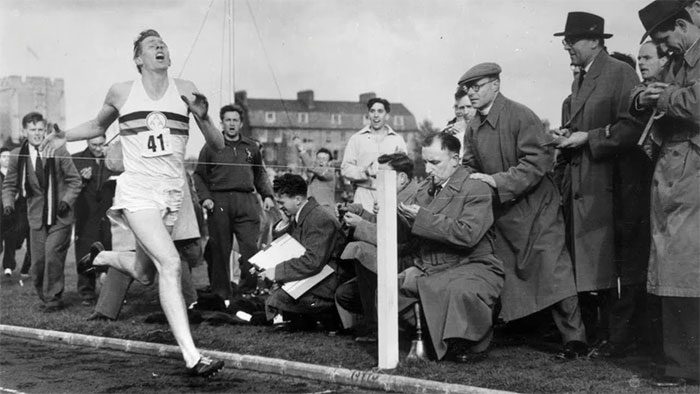
Sir Roger Bannister, a British athlete and neurologist. He was the first to run Sub 4 in the world at the age of 25.
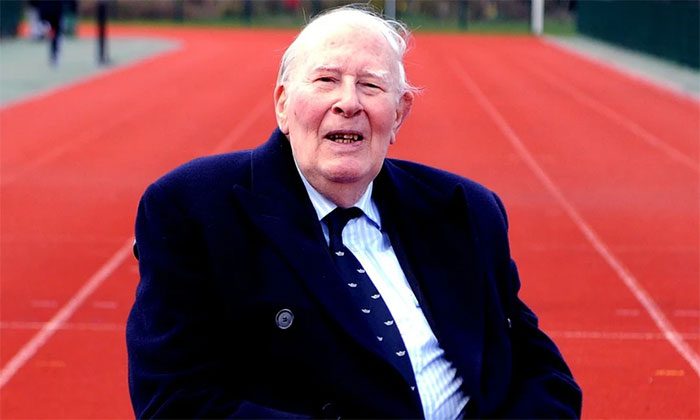
Sir Roger Bannister passed away in 2018 at the age of 88.
Some athletes simply have the genetic makeup that allows them to live longer than others. For instance, in a group of 200-mile runners, researchers counted 20 sibling pairs and several father-son pairs. This suggests that genetics plays a significant role in their athletic performance as well as their longevity.
Currently, there are only 1,755 athletes in the world who can run a mile in under 4 minutes. The current record is held by Moroccan athlete Hicham El Guerrouj, with a time of 3 minutes and 43.13 seconds.
Interestingly, no female athlete has yet run a mile in under 4 minutes. The current record for female athletes is held by Faith Kipyegon from Kenya, with a time of 4 minutes and 7.64 seconds.
Therefore, scientists say that you shouldn’t feel sad or pressured if you can’t run a mile in under 4 minutes. Simply engaging in regular exercise, as recommended by the WHO, can significantly increase your lifespan.
Once again, this amounts to 150-300 minutes of moderate exercise per week or 75-150 minutes of high-intensity training. “Not everyone needs to run a mile in under 4 minutes to achieve good health and longevity in old age, but we all need to exercise and do so regularly,” the researchers wrote.


















































